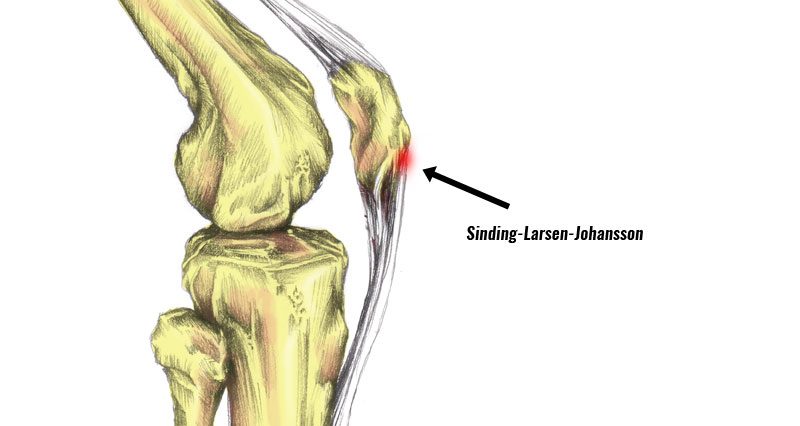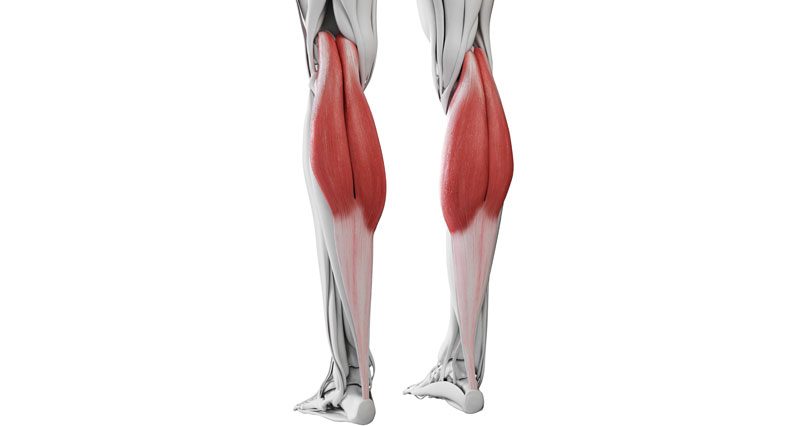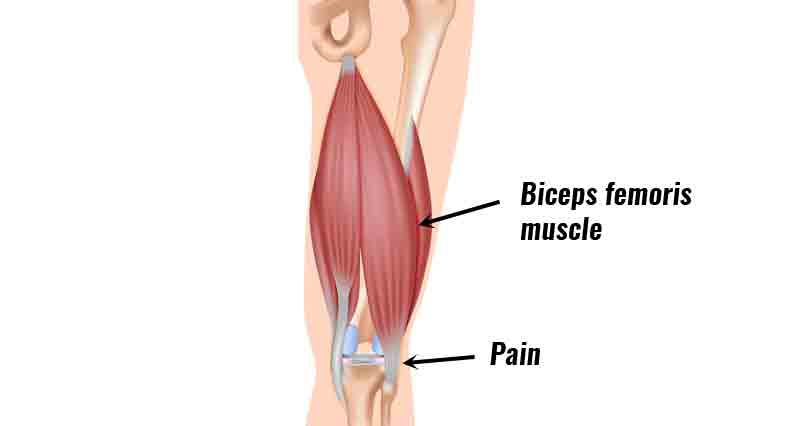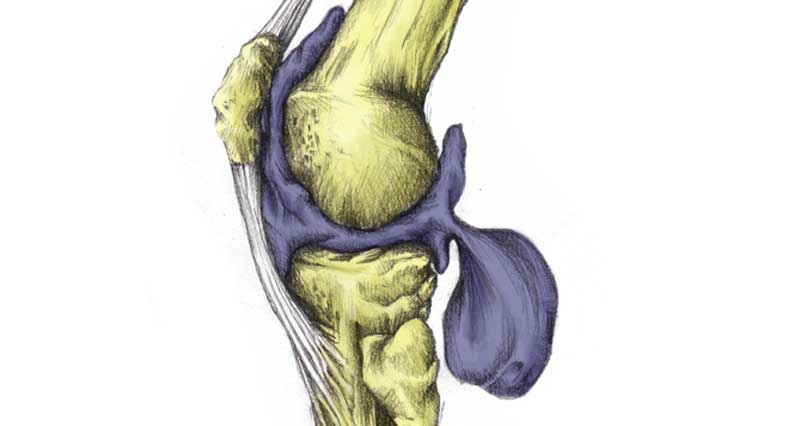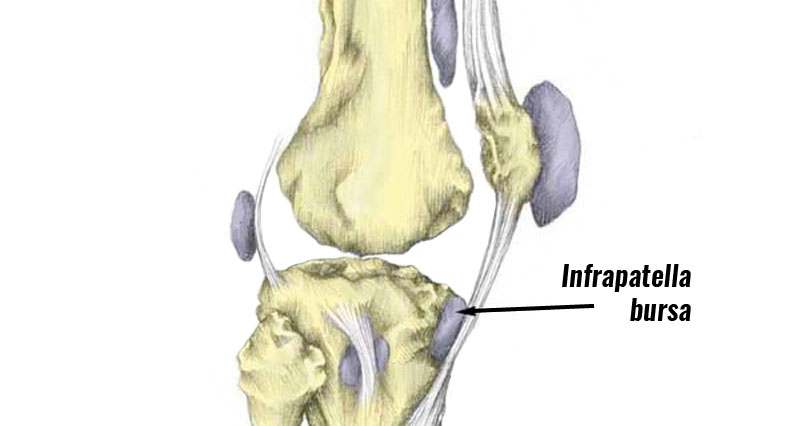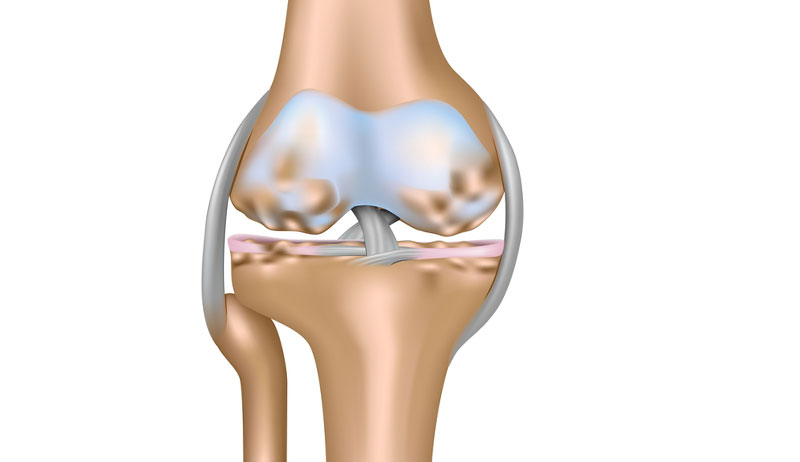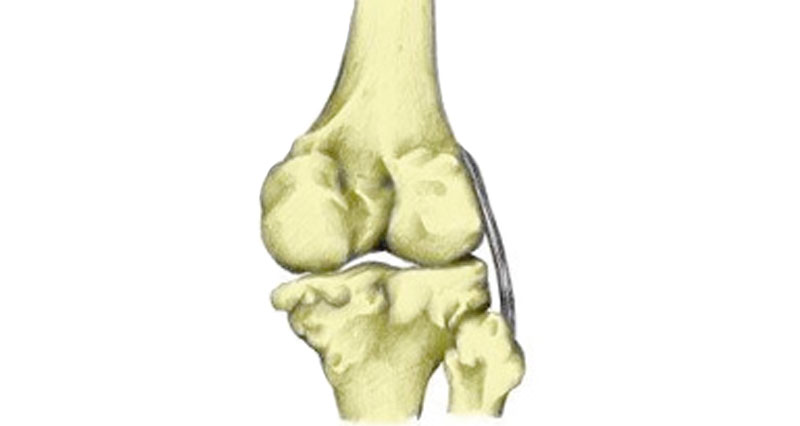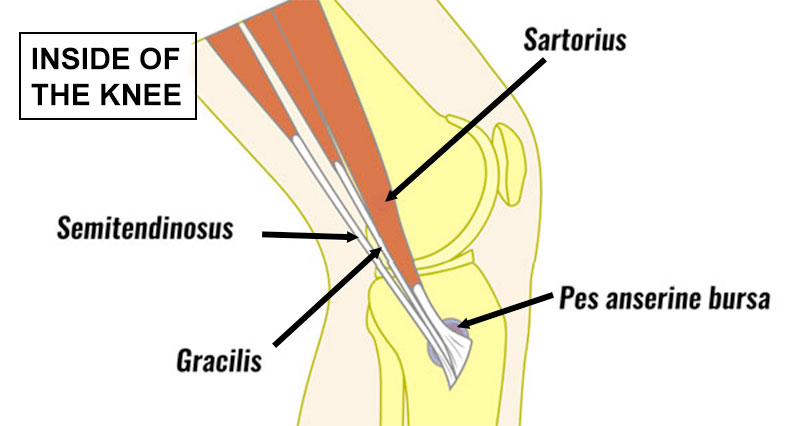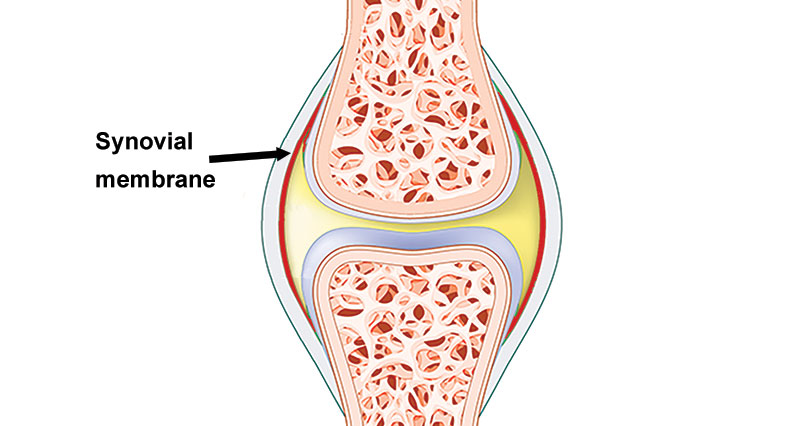Sinding-Larsen-Johansson Lesion or syndrome affects young athletes and children causing pain at the front of the knee, at the lowest point of the patella or kneecap. Symptoms are very similar to Patella tendonitis, but the injury is more like Osgood-Schlatter disease.
Sinding-Larsen-Johansson symptoms
Symptoms of Sinding Larsen Johansson syndrome usually affect adolescents and include:
- Pain at the front of the knee
- Symptoms are worse during and after exercise
- Specifically, the bottom (lower pole of the kneecap) is tender
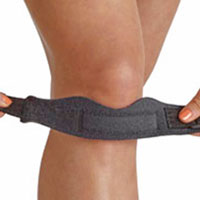
Buy Patella Straps
What is Sinding-Larsen-Johansson syndrome?
Sinding-Larsen-Johansson lesion or syndrome is one of a group of injuries called osteochondroses. They cause knee pain in children. Other similar injuries include:
- Osgood’s Schlatter disease – is a chronic stress injury to the bottom of the kneecap.
- Sever’s disease – causes pain at the back of the heel.
It usually affects young boys, up to the early teens, following a period of rapid growth. This is because of excess traction on the patella. It is the adolescent equivalent to Jumper’s knee or patella tendinopathy.
Cases of Sinding-Larsen-Johansson usually correct themselves once the skeleton matures.
Alternative diagnoses include:
Osgood Schlatter disease affects the knee at the point where the patella tendon inserts into the tibia (shin bone).
A bipartite patella occurs when the patella has a natural split in it and is not the result of a fracture.
Treatment
Treatment includes the following:
Rest
Relative rest from aggravating activities. This does not necessarily mean complete rest. You may be ok to simply reduce your training load, or modify your activities. For example, avoid high-impact jumping, sprinting or fast changes of direction. Instead, swim or cycle.
Cold therapy
Cold therapy helps ease pain and inflammation. Apply a cold therapy compression wrap for 10 minutes every couple of hours initially. As your symptoms improve reduce to three times a day.
Stretching
Perform gentle quad stretching exercises provided they are pain-free. This is important so the muscle and tendon unit can cope with the loads that are required for the sport.
Patella knee support
Wear a knee support or patella tendon strap to help support the joint and relieve some of the load on the patella tendon.

Buy Patella Straps
